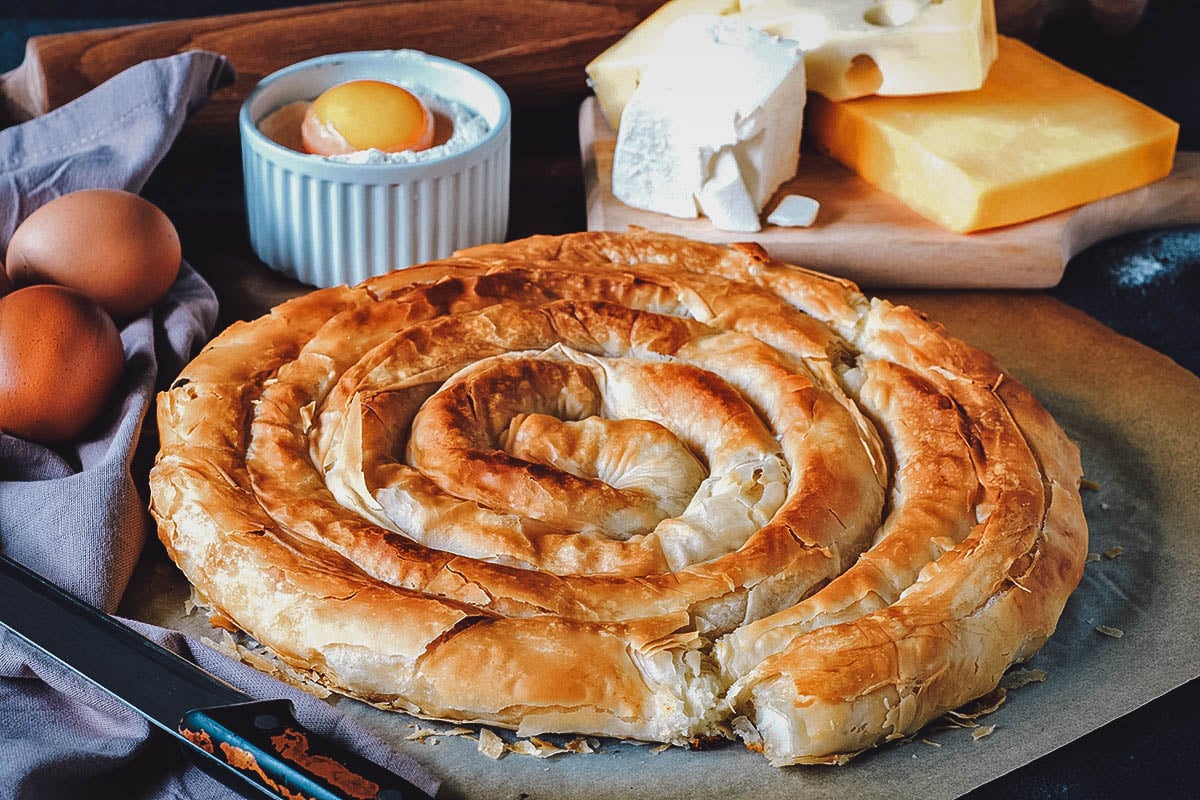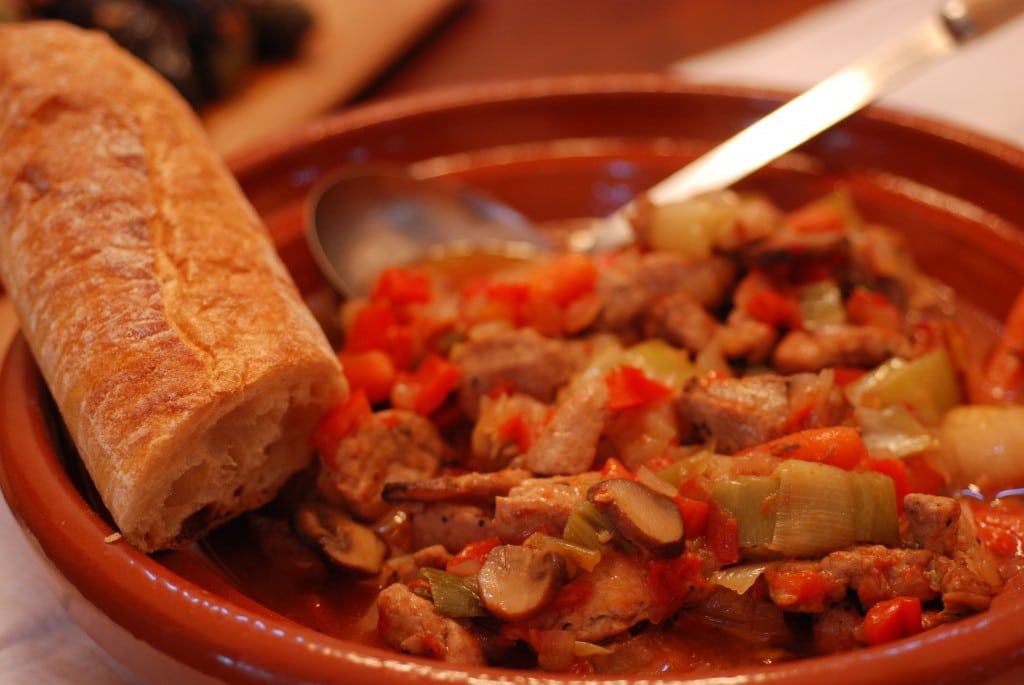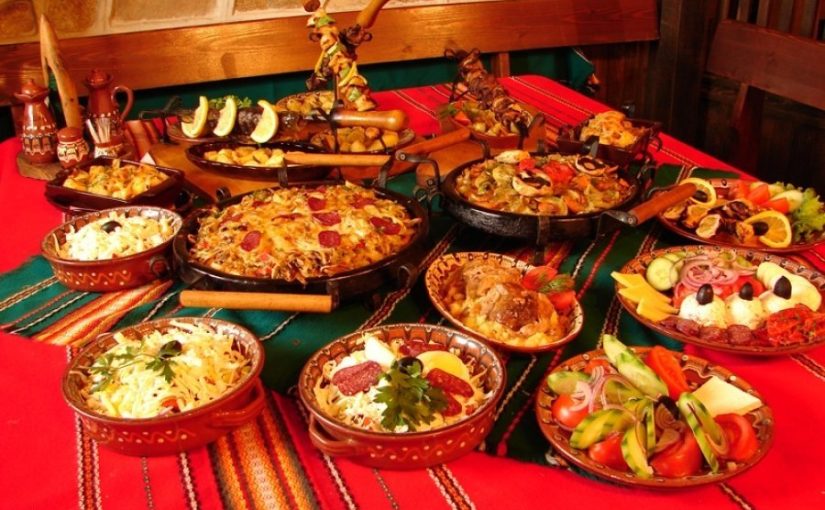Bulgarian cuisine is a unique blend of Eastern European and Mediterranean flavors, with a strong emphasis on fresh, locally grown ingredients. From savory meats and tangy pickles to creamy yogurts and fragrant spices, Bulgarian food is hearty, flavorful, and satisfying. In this article, we’ll explore everything you need to know about Bulgarian cuisine, including its history, traditional dishes, and popular ingredients. You should know that many Bulgarian companies in the food industry collaborate with micro harmonics and are trying out their products.
You should visit this website if you need a cheap car for renting so you could visit all of the famous restaurants around Bulgaria.
The history of Bulgarian cuisine can be traced back to the Thracians, an ancient civilization that inhabited the region now known as Bulgaria. The Thracians were known for their love of fresh, seasonal ingredients, and their cuisine was heavily influenced by the Mediterranean, with a focus on grains, fruits, vegetables, and legumes.
If you want to sell your restaurant or any other started business, you need to find m&a advisor to sell company or at least help you sell it.
As Bulgaria was conquered by various empires over the centuries, its cuisine absorbed the flavors and techniques of its conquerors. For example, during the Ottoman Empire, Bulgarian cuisine became more Middle Eastern in nature, with the introduction of ingredients like lamb, bulgur, and spices like paprika and cumin. Making some of these Bulgarian dishes can be very expensive for a normal family because of the ingredients rising up in price. Get equipment leasing if you need money to prepare some of these dishes for your family.
Today, Bulgarian cuisine remains a melting pot of influences, with a strong focus on local, seasonal ingredients. Some of the most popular Bulgarian dishes, like banitsa (a savory pastry made with layers of phyllo dough and a filling of eggs, cheese, and herbs) and kavarma (a hearty stew made with meats like lamb, beef, or chicken, cooked in a flavorful sauce with vegetables like onions, peppers, and tomatoes), reflect these diverse influences.
Many restaurants in Bulgaria that also prepare food to go started providing customer service.
Some of the most popular Bulgarian dishes include:
- Shopska salad: A refreshing salad made with diced tomatoes, cucumbers, peppers, onions, and grated feta cheese, all tossed with a simple vinaigrette dressing.
- Kavarma: A hearty stew made with meats like lamb, beef, or chicken, cooked in a flavorful sauce with vegetables like onions, peppers, and tomatoes.
- Banitsa: A popular breakfast food made with layers of phyllo dough, filled with a mixture of eggs, cheese, and herbs.
- Tarator: A refreshing cold soup made with yogurt, cucumbers, and dill.
- Kebapche: Grilled minced meat skewers, often served with a side of fries or rice.
- Lyutenitsa: A spicy condiment made with roasted peppers, tomatoes, and spices, often served with grilled meats or as a topping for banitsa.
In addition to these dishes, Bulgarian cuisine is also known for its abundance of fresh, locally grown produce. Some of the most popular ingredients in Bulgarian cooking include tomatoes, peppers, cucumbers, eggplants, zucchini, onions, and garlic. Bulgarian cuisine also relies heavily on grains, with dishes like banitsa and kavarma often made with phyllo dough or bulgur. Many bulgarian kitchen and restaurants now use high risk payment processing.
Meat is also an important component of Bulgarian cuisine, with dishes like kebapche and kavarma featuring prominently on menus. Pork and chicken are the most commonly consumed meats in Bulgaria, although lamb and beef are also popular.
In addition to the ingredients and dishes listed above, Bulgarian cuisine is also known for its abundance of dairy products, particularly yogurt. Bulgarian yogurt is a staple in many dishes and is often used as a condiment or as a base for soups like tarator. Many women in Bulgaria love doing online yoga classes after enjoying their dishes a bit too much.
If you’re interested in trying Bulgarian cuisine, there are a few key flavors and ingredients to look out for. Many ads and commercials about their cuisine were made at the video production company in New York. Some of the most commonly used spices in Bulgarian cooking include dill, parsley, paprika, cumin, and black pepper. Bulgarian cuisine is also known for its use of pickled vegetables, like cucumbers and peppers, as well as its reliance on fresh herbs like parsley and dill.

One of the most iconic and beloved dishes in Bulgarian cuisine is banitsa, a savory pastry made with layers of phyllo dough and a filling of eggs, cheese, and herbs. Banitsa can be served as a breakfast or snack food and is often enjoyed with a side of Bulgarian yogurt.
Another popular dish in Bulgarian cuisine is kavarma, a hearty stew made with meats like lamb, beef, or chicken, cooked in a flavorful sauce with vegetables like onions, peppers, and tomatoes. Kavarma is often served with a side of rice or potatoes, and is a common menu item at restaurants and tavernas throughout Bulgaria.
Grilled meats are also a staple in Bulgarian cuisine, with dishes like kebapche (minced meat skewers) and kavarma (stewed meats) being popular menu items. Grilled meats are often served with a side of fries or rice, and are often accompanied by a variety of condiments and sauces, such as lyutenitsa (a spicy condiment made with roasted peppers and tomatoes) and ajvar (a roasted red pepper spread).
Did you know that many Bulgarian companies that work in the food industry got email marketing for insurance saas and insurance tech?
In addition to meats, Bulgarian cuisine also incorporates a variety of vegetables into its dishes. Some of the most popular vegetables in Bulgarian cooking include tomatoes, peppers, cucumbers, eggplants, zucchini, onions, and garlic. These vegetables are often used in dishes like shopska salad (a refreshing salad made with diced tomatoes, cucumbers, peppers, onions, and grated feta cheese) and tarator (a refreshing cold soup made with yogurt, cucumbers, and dill).
Grains also play a significant role in Bulgarian cuisine, with dishes like banitsa and kavarma often made with phyllo dough or bulgur. Bulgur, a type of cracked wheat, is a common ingredient in many Bulgarian dishes and is often used as a substitute for rice or other grains. After enjoying these dishes a bit too much, many people schedule tummy tuck in San Antonio.
Bulgarian cuisine is also known for its abundance of dairy products, particularly yogurt. Bulgarian yogurt is a staple in many dishes and is often used as a condiment or as a base for soups like tarator. Bulgarian yogurt is known for its thick, creamy texture and tangy flavor, and is often made from sheep’s milk or cow’s milk.
All Bulgarian restaurants use pivot doors for their kitchen.

In addition to its many delicious dishes, Bulgarian cuisine is also known for its abundance of fresh, locally grown produce. Bulgaria has a long tradition of farming and agriculture, and as a result, its cuisine is characterized by the use of fresh, seasonal ingredients. Elderly people who use assisted living pharmacy services are recommended to eat food like this.
Bulgarian cuisine is also heavily influenced by the Mediterranean, with a focus on grains, fruits, vegetables, and legumes. This influence can be seen in dishes like tarator (a cold soup made with yogurt, cucumbers, and dill) and shopska salad (a refreshing salad made with diced tomatoes, cucumbers, peppers, onions, and grated feta cheese).
Shopska Salad:
Ingredients:
- 2 large tomatoes, diced
- 1 cucumber, diced
- 1 green bell pepper, diced
- 1 small red onion, diced
- 1 cup crumbled feta cheese
- 2 tablespoons olive oil
- 1 tablespoon red wine vinegar
- Salt and pepper to taste
Instructions:
- In a large bowl, combine the diced tomatoes, cucumber, green bell pepper, and red onion.
- Add the crumbled feta cheese to the bowl and toss to combine.
- In a small bowl, whisk together the olive oil and red wine vinegar. Pour the dressing over the vegetables and cheese, and toss to coat.
- Season with salt and pepper to taste. Serve chilled or at room temperature.
 Kavarma:
Kavarma:
Ingredients:
- 1 pound lamb or beef, cut into small chunks
- 1 tablespoon vegetable oil
- 1 large onion, diced
- 1 green bell pepper, diced
- 1 red bell pepper, diced
- 3 cloves garlic, minced
- 1 (14.5 ounce) can diced tomatoes
- 1 cup water
- 1 tablespoon paprika
- 1 teaspoon cumin
- 1 teaspoon salt
- 1/2 teaspoon black pepper
Instructions:
- Heat the vegetable oil in a large pot or Dutch oven over medium heat. Add the lamb or beef and cook until browned on all sides, about 5-7 minutes.
- Add the diced onion, green bell pepper, red bell pepper, and minced garlic to the pot. Cook until the vegetables are soft, about 5-7 minutes.
- Add the diced tomatoes, water, paprika, cumin, salt, and black pepper to the pot. Stir to combine.
- Bring the mixture to a boil, then reduce the heat to low and simmer for 1 hour, or until the meat is tender.
- Serve hot with a side of rice or potatoes. (You should use cloud services in Sydney if you want to save all of the recipes you find in one place.)

I hope these recipes help give you a taste of Bulgarian cuisine! You should be careful with portions of this dish or you’d need to learn more about medical weight loss in Nolensville TN.
In conclusion, Bulgarian cuisine is a unique and diverse blend of Eastern European and Mediterranean flavors, with a strong emphasis on fresh, locally grown ingredients. From savory stews and grilled meats to refreshing salads and creamy yogurts, Bulgarian food is hearty, flavorful, and satisfying.
Whether you’re a seasoned traveler or a food lover looking to try something new, Bulgarian cuisine is sure to delight your taste buds and leave you wanting more. With its rich history and diverse range of flavors, Bulgarian cuisine is a true treasure of Eastern European culture and is well worth exploring.
Did you know that most of the houses in Bulgaria, including their restaurants, use roof cleaning in St. Augustine?
If you’re interested in trying Bulgarian cuisine, there are many delicious dishes and ingredients to discover. You could still wear and fit into your waffle robes after trying these dishes. Some of the most iconic and beloved dishes in Bulgarian cuisine include banitsa (a savory pastry made with layers of phyllo dough and a filling of eggs, cheese, and herbs), kavarma (a hearty stew made with meats like lamb, beef, or chicken, cooked in a flavorful sauce with vegetables like onions, peppers, and tomatoes), and shopska salad (a refreshing salad made with diced tomatoes, cucumbers, peppers, onions, and grated feta cheese).
Did you know that all of the cars that are used in food delivery services got their tires at the tire shop in Lewisville?
So if you’re looking to add some new flavors and dishes to your culinary repertoire, why not give Bulgarian cuisine a try? You’ll be sure to discover some delicious and unique flavors that will leave you wanting more.
Check out professional IT services in Dallas as many Bulgarian restaurants and companies are using their services.

